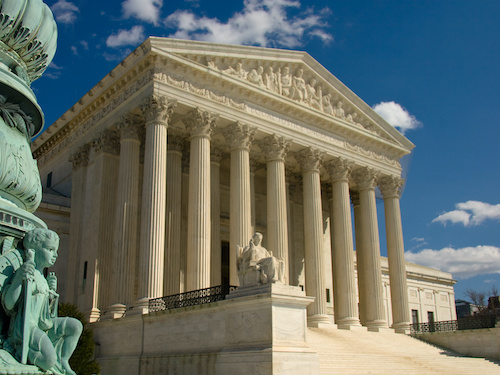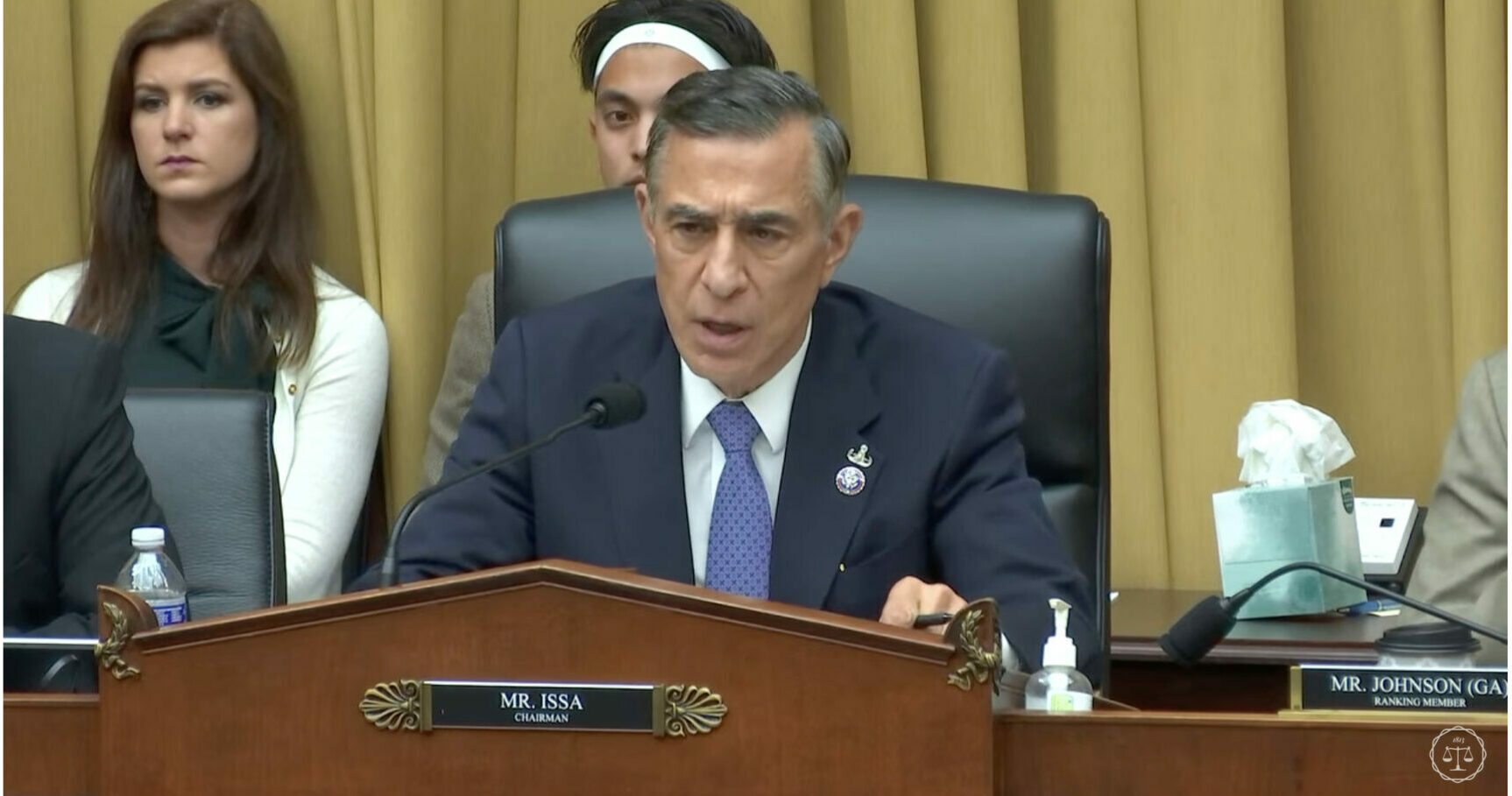Key Points from the USPTO’s New Guidance on AI Use | BakerHostetler
Implications for Patent/Trademark Prosecutors and Holders
The U.S. Patent and Trademark Office (USPTO) recently issued guidance on the use of artificial intelligence (AI), particularly generative AI, in Intellectual Property (IP) practices involving documents filed at the USPTO. The guidance reiterates long-standing rules and duties of practice in front of the USPTO and aims to highlight any issues or risks for those who may be unaware. The USPTO begins with a review of the duties of candor and good faith, confidentiality, and export regulations. In view of these, practitioners must manage AI technologies with a full understanding of the information created using AI; how AI is used, if at all, to interact with USPTO websites; and the details of how AI systems store information. These duties are reinforced by the requirement that all correspondence include a practitioner’s signature, which is essentially a type of certification showing that the practitioner is abiding by his or her duties in practicing before the USPTO.
The following is a summary of takeaways and notes for practitioners to ensure best practices, mitigate risk and avoid ethical violations when using AI.
AI Document Drafting and Submission: The use of AI tools for assistance in drafting and revising documents filed at the USPTO is generally not prohibited, nor is there any requirement to disclose the use thereof to the USPTO, but practitioners must remain cognizant that AI-generated materials can contain errors, misstatements, and inaccurate outputs. Simply relying on the accuracy of an AI tool does not qualify as a reasonable inquiry with regard to the signature and related certification of honesty and propriety that practitioners make when filing a document under signature.[1] The USPTO therefore requires documents drafted by or with the assistance of AI to be reviewed and verified by the person presenting the paper. This means that, similar to supervising the work of non-practitioners and assistants, practitioners must personally verify the accuracy of all information, including technical details and legal citations, in any materials submitted to the USPTO.
AI Patentability and Inventorship: Practitioners also face the prospect of having an AI drafting program add details, such as embodiments or other features, to an application draft that could be part of a claim or later become part of a claim. AI contributions to a patent application may become problematic when such contributions are significant enough to be considered material to patentability and/or inventorship. Patent claims, for example, require that all claims have a significant contribution by a human inventor. If an AI-drafted claim or alternative embodiment added to a claim lacks human inventorship, such information may be material to patentability and potentially subject to a duty to disclose information to the USPTO. Failure to disclose material AI involvement can result in severe penalties, such as invalidation of the patent or rejection of the application. Thus, a practitioner should consider what level of effort is required to understand and potentially document the line between AI contribution and inventor contribution or use AI tools in a manner in which the creative scope is restricted to avoid the addition of potentially inventive features by AI tools. The USPTO recommends the further step of clearly distinguishing between AI and non-AI material in the application itself explicitly enough that the readers themselves would be able to differentiate between human contributions and AI contributions. One such approach would be to indicate which examples are “actual working examples” from inventors and which are “prophetic examples” drafted by AI.
USPTO Filings, Signatures and Accounts: All submissions must bear a personal signature from the practitioners. While signature requirements are not likely at issue for important patent filings, they may become an issue for tasks that are becoming increasingly automated, such as the filing of information disclosure statement forms. The USPTO points out that even in these circumstances, signatures cannot be automated or delegated. The USPTO asserts that “[b]y signing, that person is certifying that they have performed a reasonable inquiry – including not just reviewing the IDS form but reviewing each piece of prior art listed on the form – and determined the paper is compliant with 37 CFR 11.18(b).” Therefore, while AI tools can be used to assist with forms (e.g., information disclosure statements), AI cannot be used to apply signatures or avoid the tedious task of reviewing a form and the external content to which it refers in detail. AI also cannot hold a USPTO account or independently access a practitioner’s account. Those using AI tools to access a practitioner’s account or even any “USPTO website, applications, software, and services that are intended for public use on the USPTO.gov domain or USPTO-branded mobile applications and social media presences” are warned to review the USPTO’s Terms of Use and to be aware that criminal or civil liability or other penalties may result if these terms are violated.
Practitioners Remain Responsible for AI Compliance: Information submitted to publicly accessible AI tools could trigger an inadvertent public disclosure and materially affect patentability. For example, if an AI tool uses client input to further train the service’s AI models, sensitive client data entered into such tools may become part of the public domain. Data breaches and data leaks of AI tools could further cause disclosure risks.
Practitioners must also be aware of where AI tools and data are stored because hosting outside of the U.S. may result in a breach of export laws. One notable example provided in the guidance states: “Even if the servers are located within the United States, certain activities related to the use of AI systems hosted by these servers by non-U.S. persons may be deemed an export.”[2] Practitioners and inventors alike must therefore remain vigilant about their AI products (e.g., terms of use, privacy policies, disclosure risks) and applicable regulatory standards to prevent unintentional leaks, to protect confidential client information, and for compliance with USPTO Rules and applicable laws.
Ethical Obligations: The USPTO guidance reviews the duties of good faith, candor, and disclosure and explains that these ethical obligations for practicing in front of the USPTO extend to the actions individuals take with AI tools. These duties extend not just to the USPTO but to clients as well. For example, practitioners remain obligated to “reasonably consult with the client about the means by which the client’s objectives are to be accomplished” and “explain a matter to the extent reasonably necessary to permit the client to make informed decisions regarding the representation.”[3] Practitioners should remain mindful of these obligations and the extent to which AI tools are being utilized in order to inform the client and obtain consent when necessary. Practitioners using AI tools must continue to educate themselves, using “reasonable diligence,” as these tools evolve, in order to understand the risks associated with these tools and ensure they can represent their clients competently.
In conclusion, the USPTO’s new guidance emphasizes the importance of human oversight and ethical diligence in patent and trademark practices. Practitioners should always stay cognizant of the required duties and ethical obligations when using AI. While AI tools offer significant efficiencies for USPTO practice, human judgment and technical expertise remain indispensable.
[1] See Opinion and Order on Sanctions at 2, Mata v. Avianca Inc., Case No. 22-CV-1461 (S.D.N.Y., July 7, 2023).
[2] See, e.g.,15 CFR 734.13.
[3] 37 CFR 11.104.
[View source.]






